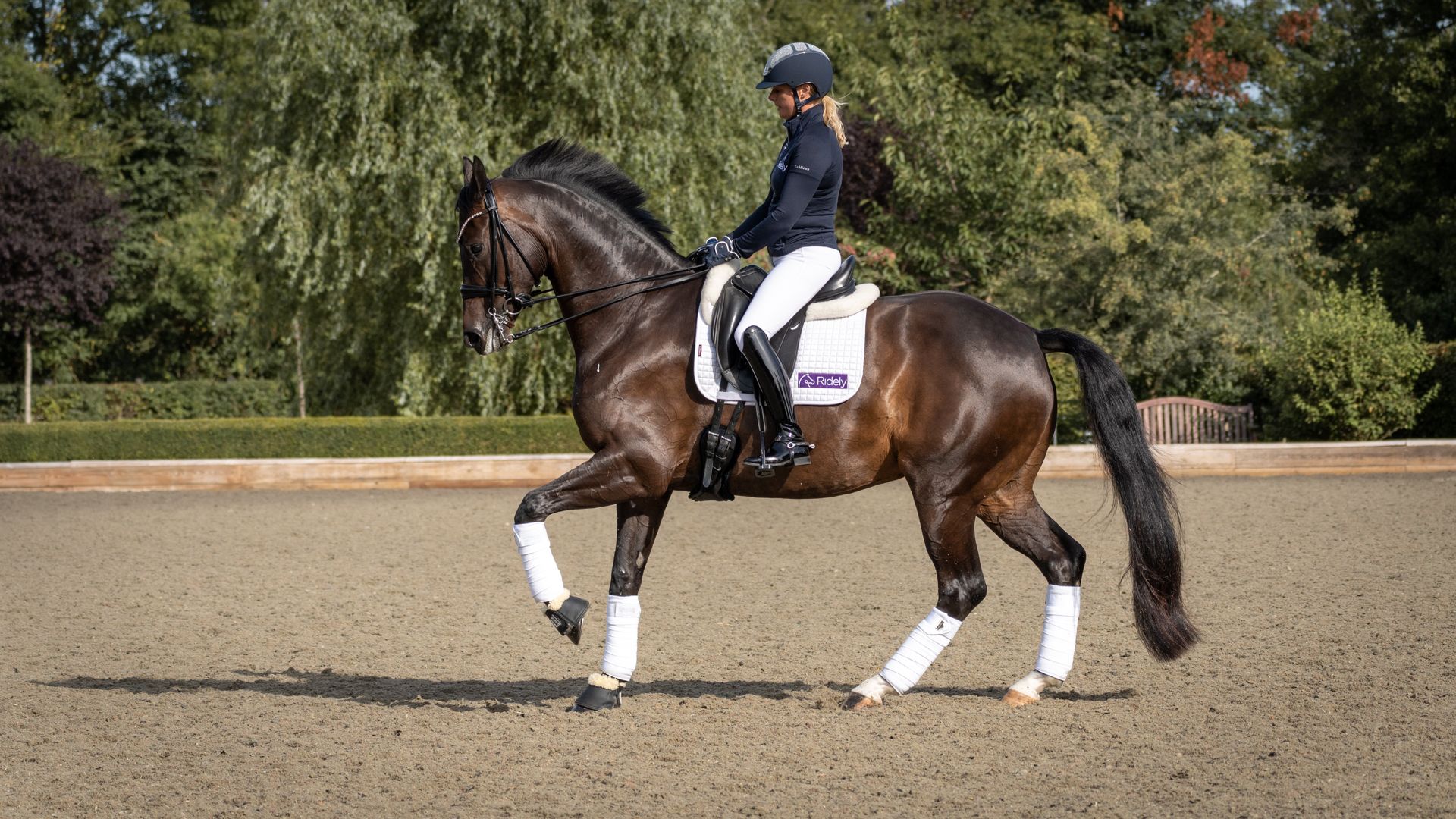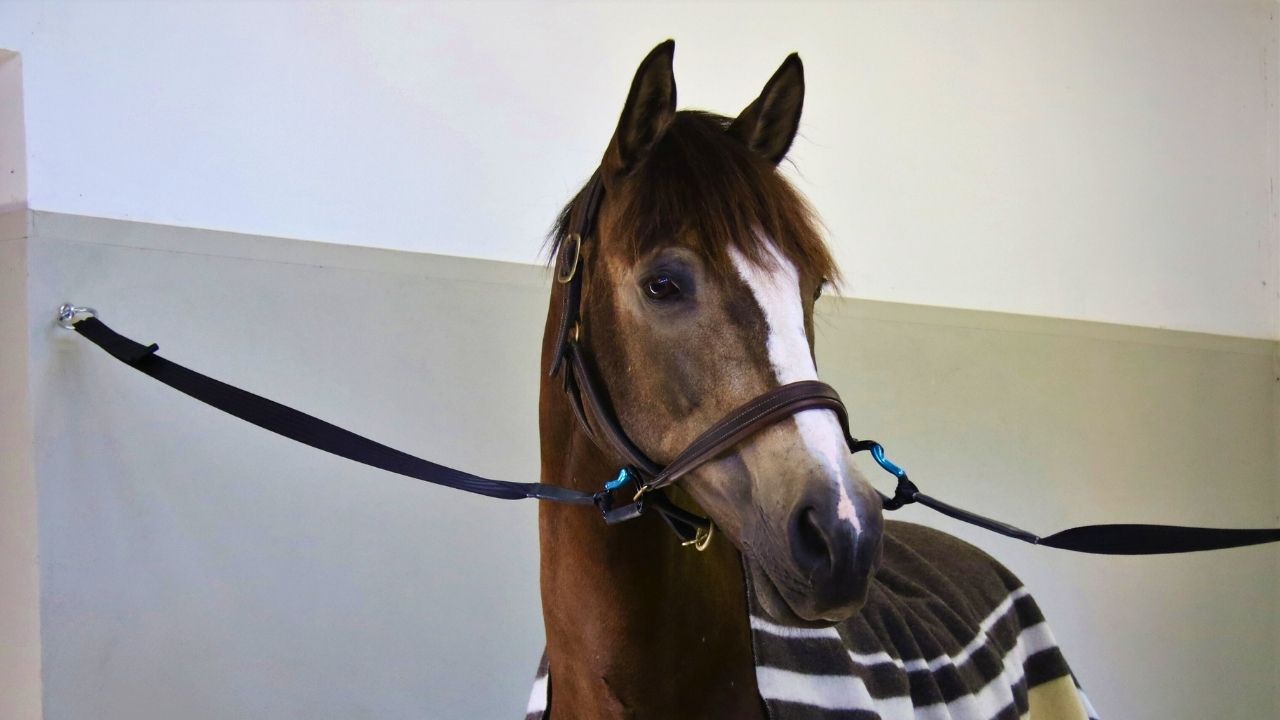Cantering A Horse: How To Train The Canter

Learn how to ride the canter with this insightful guide. You’ll learn the right techniques, tips, and common mistakes to avoid, helping you master the canter in no time.
Introduction
The feeling of speed and power combined with the harmony of movement creates a fantastic feeling when riding the canter. However, mastering the canter can often be challenging. This article provides a step-by-step guide on how to ride canter seamlessly. It aims to make your journey smoother, reducing the common mistakes and enhancing your experience.
Understanding Canter
Before diving into the how-to’s, it’s important to understand what canter is and its place in the world of dressage.
What is Canter
Canter is a controlled, three-beat gait that lies between a trot and a gallop. It’s often used in dressage and show jumping due to its speed control and balance. When a horse canters, it uses one hind leg, the opposite diagonal pair, and finally the leading front leg. The phase where all four hooves are off the ground is known as the suspension or float phase.
How to Ride Canter: A Step-by-Step Guide
Now that we’ve covered what canter is, let’s dive into how to ride canter effectively.
1. Preparing for the Canter
Just like any physical activity, preparation is key when it comes to cantering. Start with a proper warm-up to get your horse ready. Then, you can begin with the walk and trot to create impulsion and prepare for the transition to canter.
2. Achieving the Correct Position
Position yourself properly in the saddle. Your back should be straight, shoulders relaxed, and heels down. Maintain a light contact with your horse’s mouth through the reins. Your legs should be relaxed but firm around the horse’s sides.
3. The Canter Transition
To make a transition to canter, slightly shift your weight to the inside seat bone, and gently squeeze your outside leg behind the girth. Simultaneously, keep your inside leg at the girth to maintain direction and balance. You can make the transition either from walk or from trot. When starting out, it’s often easier to make the transition from trot.
4. Maintaining the Canter
Keep a steady seat and follow your horse’s motion without disrupting their balance. Stay relaxed and avoid bouncing in the saddle. Try to keep the rhythm and pace consistent.
5. Transitioning Back to a Slower Gait
When it’s time to slow down, sit deep in the saddle and apply gentle pressure on the reins. As the horse slows down, reward it with a soft pat or voice praise.
Common Canter Mistakes to Avoid
While cantering can be exhilarating, common mistakes can hinder your experience. Here are some pitfalls to avoid:
- Leaning forward: This can cause loss of balance and control.
- Holding breath: Remember to breathe and stay relaxed.
- Gripping with the knees: This can interfere with your horse’s movement.
- Rushing the transition: Be patient and give your horse time to understand your cues.
More Advanced Canter Exercises
When you’ve learnt to master the canter, you can continue with more advanced exercises, for example making transitions from walk to canter, and introducing the counter canter. You can also work with developing the canter to help the horse carry more weight behind and react quickly to your aids.
Check out these videos next:

- Train with 10+ Olympians from home.
- Learn and make the most of your equestrian life.

Learn from Carl Hester in Ridely!
Exclusive training videos with top trainers and riders like Carl Hester are available in the Ridely library. Don’t miss out!


